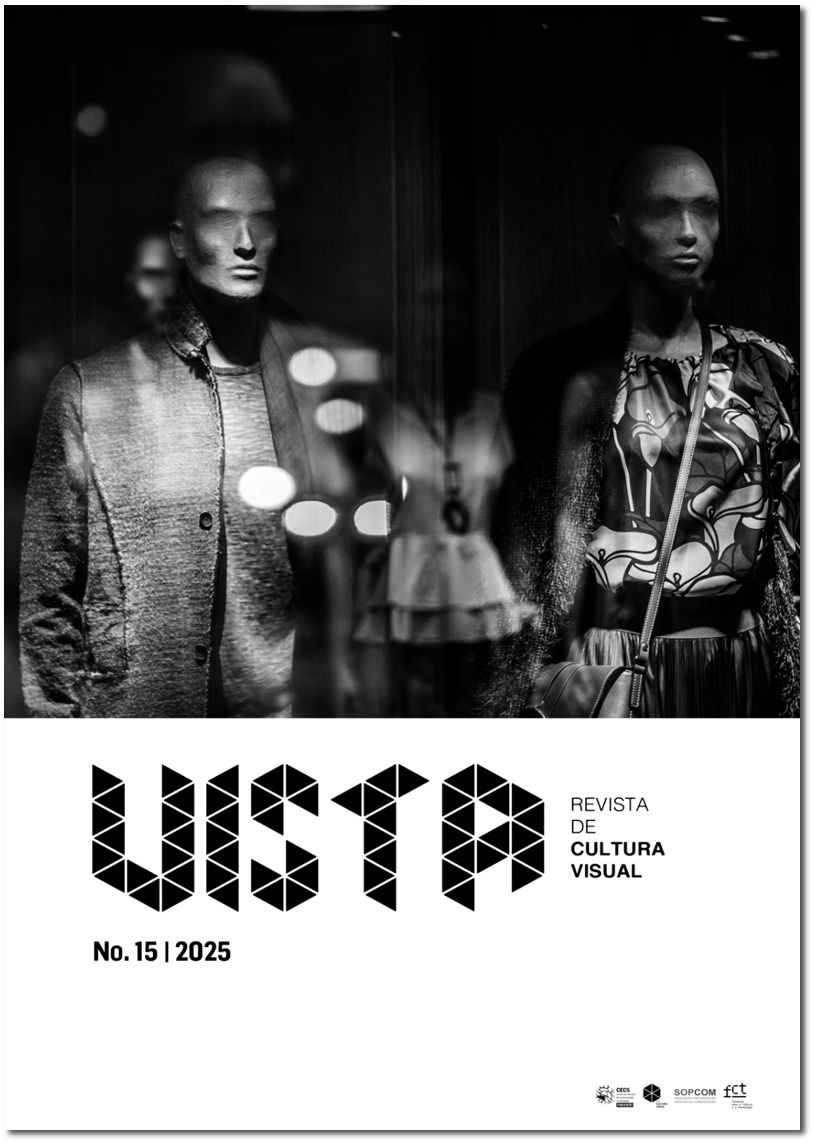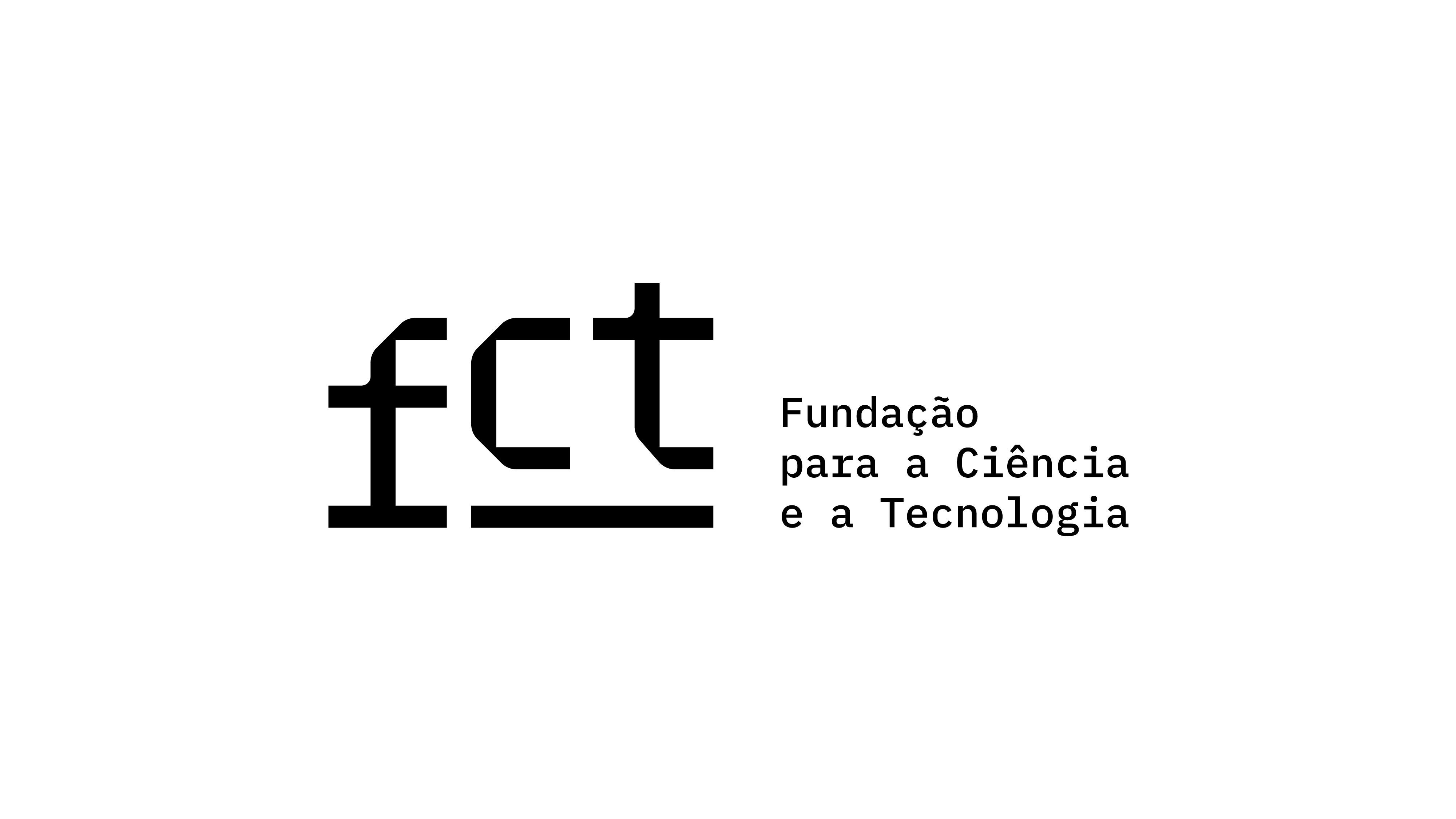Beyond the Uniform: The Militarisation of Portuguese Youth in the Estado Novo
DOI:
https://doi.org/10.21814/vista.6207Keywords:
Mocidade Portuguesa, Estado Novo, uniform, semiotics, social controlAbstract
This article examines the militarisation of Portuguese youth under the Estado Novo regime, with particular emphasis on the role of the Mocidade Portuguesa (Portuguese Youth) uniform as a tool of propaganda and social control. Adopting a historical and sociological approach, the study examines the creation, objectives, and organisational structure of the Mocidade Portuguesa. It offers a descriptive and interpretative analysis of its uniform, focusing on its symbolism and the military influences embedded in its design. The findings reveal that the uniform functioned as a key instrument in promoting a collective identity and in instilling values such as discipline, obedience, and self-sacrifice. The study compares the Mocidade Portuguesa with other contemporary youth organisations — namely the Hitler Youth, the Falangist Youth, and the Opera Nazionale Balilla — and examines the specific features of the Mocidade Portuguesa Feminina (Portuguese Female Youth), demonstrating how the organisation reinforced traditional gender roles. The analysis concludes that the Mocidade Portuguesa and its uniform played a central role in the Estado Novo’s strategy of youth indoctrination and authoritarian nation-building.
Downloads
References
Azevedo, A. (2011). Discurso colonial do Estado Novo na imprensa das organizações femininas do Regime: A Menina e Moça e a Presença. Ler História, 60, 115–131. DOI: https://doi.org/10.4000/lerhistoria.1512
Barthes, R. (2015). Sistema da moda (M. de S. Cruz, Trad.). Edições 70. (Trabalho original publicado em 1967)
Belo, M., Alão, A., & Cabral, I. (1987). O Estado Novo e as mulheres. In O Estado Novo: Das origens ao fim da autarcia (1926-1959): Vol. 2 (pp. 263–279). Fragmentos.
Braga, I., & Drumond Braga, P. (2012). A Mocidade Portuguesa Feminina e a formação culinária em Menina e Moça (1947-1962). Cadernos Pagu, 39, 201–226. DOI: https://doi.org/10.1590/S0104-83332012000200007
Decreto n.º 27:301, Diário do Govêrno n.º 284/1936, Série I de 1936-12-04. (1936). https://files.diariodarepublica.pt/1s/1936/12/28400/15911594.pdf
Decreto n.º 28:410, Diário do Govêrno n.º 5/1938, Série I de 1938-01-07. (1938). https://files.diariodarepublica.pt/1s/1938/01/00500/00130023.pdf
Decreto-Lei n.º 28:262, Diário do Governo, I Série, n.º 285. (1937). https://files.diariodarepublica.pt/gratuitos/1s/1937/12/28500.pdf
Duarte, J. (2024a). Moda e ideologia política no Estado Novo: Uma análise semiótica do fardamento da Mocidade Portuguesa [Dissertação de mestrado, Universidade do Minho]. RepositóriUM. https://repositorium.sdum.uminho.pt/handle/1822/95181
Duarte, J. (2024b). Vestidos para obedecer: A farda da Mocidade Portuguesa e o controle da juventude. Clube de Autores.
Foucault, M. (2023). Vigiar e punir: Nascimento da prisão (P. E. Duarte, Trad.). Edições 70. (Trabalho original publicado em 1975)
Kallis, A. (2002). Nazi propaganda and the Second World War. Palgrave Macmillan.
Mallett, R. (2013). Mussolini and the origins of the Second World War, 1933-1940. Palgrave Macmillan.
Payne, S. G. (1999). A history of fascism, 1914–1945. University of Wisconsin Press.
Pimentel, I. F. (2007). Mocidade Portuguesa Feminina. A Esfera dos Livros.
Pinto, O. M. P. R. M. (2014). Educação e ideologia Portugal, pátria de heróis: A figura histórica em contexto educativo (1926-1974) [Tese de doutoramento, Universidade NOVA de Lisboa]
Rosas, F. (1998). O Estado Novo (1926-1974). In J. Mattoso (Ed.), História de Portugal (Vol. 8). Círculo de Leitores.
Rosas, F. (2012). Salazar e o poder: A arte de saber durar. Tinta-da-China.
Downloads
Published
How to Cite
Issue
Section
License
Copyright (c) 2025 Josué Duarte, Silvana Mota-Ribeiro

This work is licensed under a Creative Commons Attribution 4.0 International License.
Authors own the copyright, providing the journal with the right of first publication. The work is licensed under a Creative Commons Attribution 4.0 International License.













